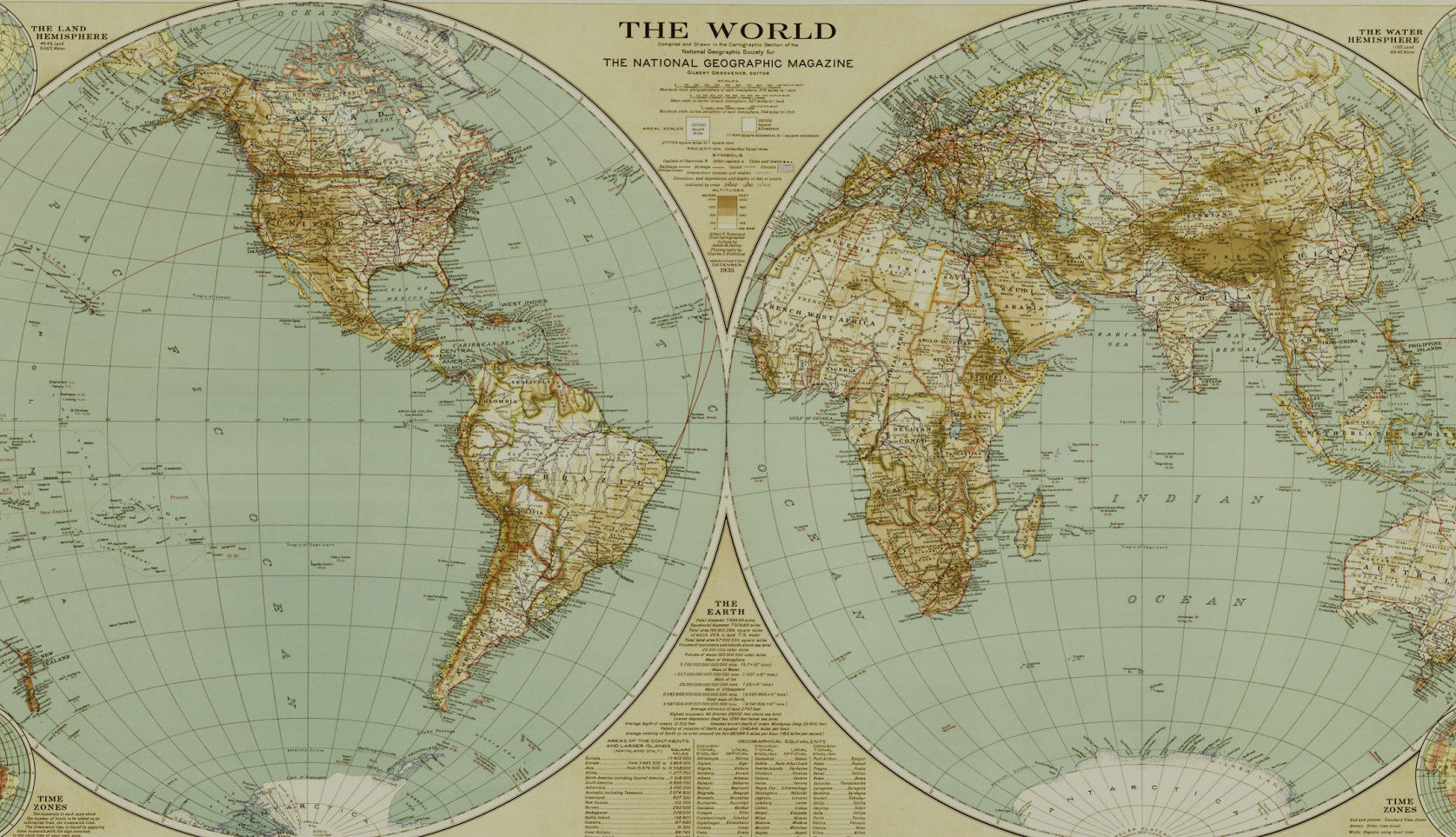The archaeology team I joined in the Yucátán Peninsula of Mexico are searching for evidence of ancient Maya gardening. At the same time we were eating home-cooked Yucatec Maya food for lunch every day. This mix of present consumption and past production really intrigued me. Some of the basic ingredients eaten in the area have remained the same for thousands of years, but the passage of time and cultural blending has inevitably changed the local cuisine. Thankfully this has had mouth-watering results!
One of the most important staples in Mexico is maize. Maize was domesticated in Mesoamerica about 10000 years ago from a wild grass called teosinte. Today in the Yucátán the most common way of cooking with maize is by first processing it in to masa. Masa is Spanish for dough, but in Mexico the word is used as a short form for masa de maíz. To make masa, the whole maize kernel is dried then soaked and cooked in an alkaline solution before being washed and ground. This process creates lovely, gluey dough perfect for making tamales and, my favourite, tortillas.
In one of the rejolladas we targeted for excavation, an ancient maize grinding stone sits in situ next to a settlement site. Coming across this weathered artefact reminded me that the overgrown landscape we were wandering through was once the site of a living household where maize was grown, processed and made into delicious dishes. The handmade tortillas we ate with our lunches in Tahcabo were prepared with masa also processed at home from maize kernels. Although the technology and equipment used have changed, the basic process remains the same. This is cultural tradition in your hand and stomach!
I have many fond memories of shucking maize in the late summer as a child. We never did much with it beyond ‘corn on the cob’, a special seasonal treat that wasn’t considered particularly healthy (especially since it was lathered in butter and salt, yum!). In fact, it is the process of soaking maize in an alkaline solution to make masa that transforms the starchy kernels into easily digested flour high in the B vitamin niacin and the amino acid tryptophan. Without this step people whose main food source is unprocessed maize can suffer from the nutrient deficiency disease pellagra.
Maize has undergone quite a transformation since it first began to be domesticated from teosinte about 8000 BC. It took a long time to reach the intensive maize farming that has been associated with the expansion of complex ancient societies like the Aztecs and Maya, which likely started around 1800-1500 BC. Today maize is grown all around the world and factory produced into flours, sugars, snacks and frozen dinners. The large yellow ears we now eat have certainly come quite far from the small brown ones of the early days of domestication.
The archaeology team working in Tahcabo are are specifically collecting soil samples in rejolladas for Carbon Isotope Analysis that will show if maize was grown and if the amount grown changed over time, in particular when Spaniards came to the region. It will be really interesting to see if in the past people used the rejolladas in Tahcabo just for staple crops, like maize, or if they were used for growing more specialised crops like fruit trees. One already known effect of the introduction of Spanish culture to Mexico is the use of the word tortilla. In Spanish tortilla means little cake and when Spaniards first arrived in the Americas the word was applied to the masa flat-breads that people were eating there. What is now called tortilla across the globe has been around for hundreds of years (at least from the Terminal Classic Period) and other dishes made from masa, like tamales, have likely been around a lot longer.
Maize was such an important crop to the Maya that there was a god dedicated to it. The youthful deity Ah Mun ruled over vegetation in general but is specifically a personification of maize, depicted with an ear of maize in his headdress. The myth of the maize god is a parable for the agricultural cycle of death and rebirth: at harvest time he was decapitated only to be reborn again when the next growing season began. Even the Maya creation myth has maize at the centre of it: the ancestors of humans were shaped from maize dough!
There is a big difference between the factory made tortillas I had tried before and the handmade ones I was eating in the Yucátán. I was told that 50-100 tortillas could easily be made in a Tahcabo household each day! To understand a bit more about these yummy discs I had to try making them myself. It was such a privilege to learn from the masters! I certainly didn’t have the speed my teachers did – skill and practice is clearly required to make them well (or a tortilla press, but that’s a bit of a cheat!). After spending a month in Mexico I have unabashedly become a tortilla snob and will certainly never look at maize the same way again!
